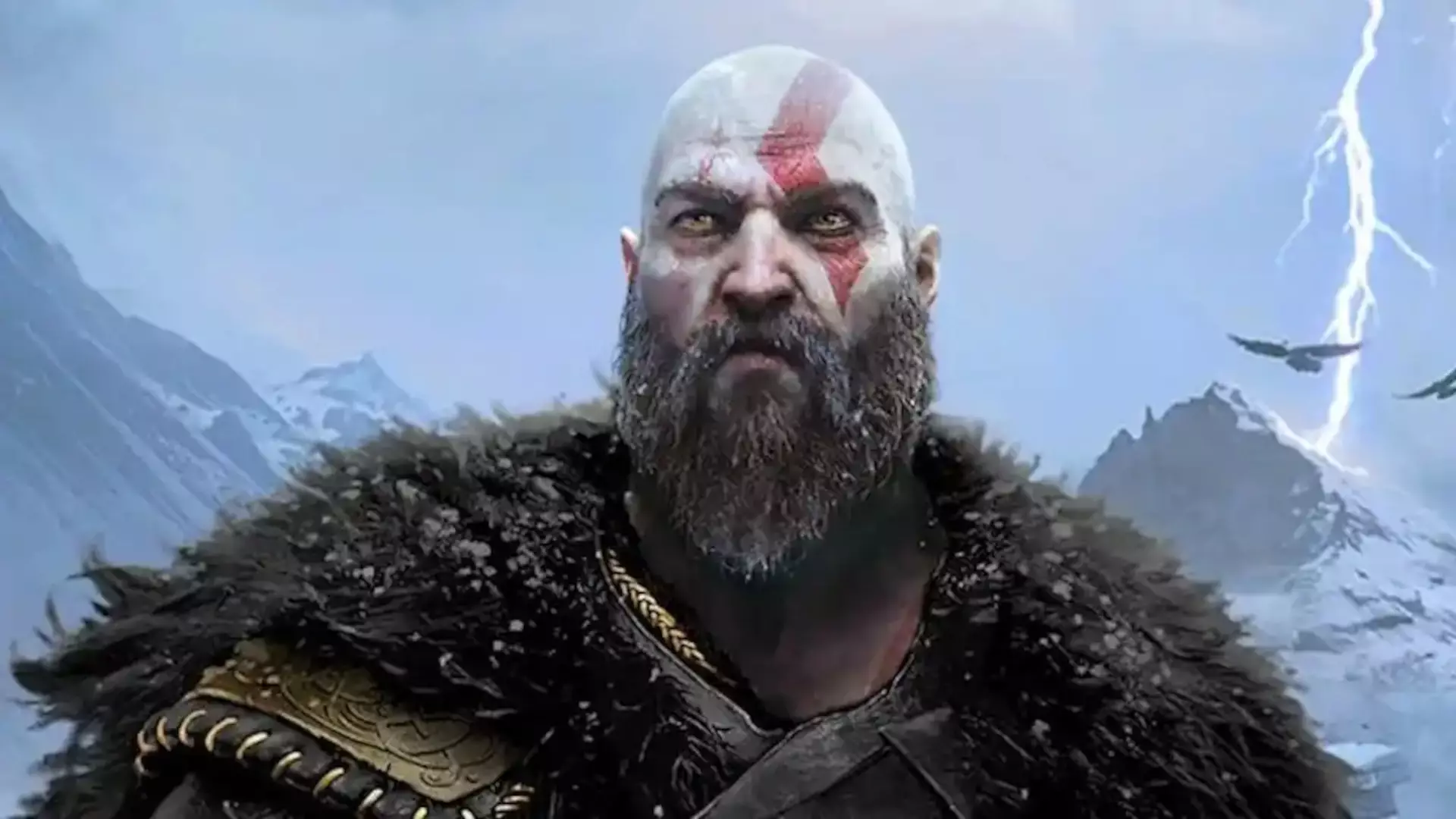The gaming horizon has shifted with the introduction of the Nintendo Switch 2, igniting conversations across the industry. Yet, while this new console garners attention, the PlayStation 5 (PS5) stands firmly validated in its strategy and execution. In an extensive business meeting, Hideaki Nishino, Sony’s president and CEO, acknowledged the healthy competition that Nintendo brings with its latest offering. However, he quickly outlined that PlayStation is not merely sidestepping the challenge; rather, it is advancing with a distinctly different game plan focusing on immersive experiences and technological innovation.
Defining Differentiation in Gaming
Nishino’s remarks highlight a crucial insight: differentiation isn’t optional but essential in today’s gaming landscape. It’s not just about releasing a new product; it’s about sacrificing nothing in terms of performance. He emphasizes that the PS5 is engineered for an immersive gaming journey, touted for its DualSense controller, which offers haptic feedback that elevates gameplay into an experience that is more profound than mere entertainment. This focus on creating an all-encompassing environment for players resonates strongly when contrasted with Nintendo’s historically family-friendly, portable gaming ethos. While the Nintendo Switch 2 excels in providing gaming on-the-go, the PS5 beckons players to experience the grandeur of home gaming, blending artistry and action.
Empowering Creators for Unique Experiences
In a market increasingly characterized by multi-platform releases, the role of creators cannot be understated. Nishino argued that one of the PS5’s primary objectives is to position itself as the most attractive platform for creative teams aiming to reach larger audiences. This strategy encourages developers to exploit the unique capabilities of the PS5, thereby crafting compelling content that resonates deeply with players. By prioritizing innovative offerings, such as high-quality graphics and expansive narratives, Sony champions a creator-driven ecosystem where engagement and monetization flourish.
This empowerment extends to the exclusivity of beloved franchises. Titles like God of War and The Last of Us not only draw established audiences but also nurture a culture of loyalty that solidifies the PlayStation brand in the hearts of gamers. Nishino’s assertions are supported by Hermen Hulst, head of PlayStation Studios, who insists that while their content may attract older demographics, they continuously strive to cater to a broader spectrum through various franchises. Games like Horizon serve to diversify this audience, attracting a significant female gamer demographic, while titles like Astro Bot enchant users of all ages.
The Competitive Landscape: A Polarized Gaming Experience
In scrutinizing the competitive landscape, it’s evident that both Nintendo and Sony have carved out their niches effectively. The Switch 2 shines in its mobility and accessibility, serving younger audiences and families with its lineup of legendary characters like Mario and Link. Meanwhile, the PS5, focusing on deep, cinematic experiences, has effectively raised the bar for narrative-driven gameplay that appeals to more mature audiences as well.
However, this doesn’t invite a lazy complacency. The argument that there are “pros and cons” to each platform is undeniably true, but it oversimplifies the richer narrative. The PS5’s capability of delivering blockbuster titles that tap into cinematic storytelling and intricate game design can hardly be compared to the light-hearted charm of Nintendo’s offerings. Titles from Sony’s library are narratives demanding immersion, contrasting sharply with Switch 2’s engaging but often carefree escapades.
Finding What’s Right for You
Ultimately, the decision between a PS5 and a Switch 2 lies in the player’s preferences and gaming style. While Switch 2 offers the convenience of gaming flexibility, the PS5 delivers a rich, home-bound experience that captivates players when they have the time to devote to their gaming. As the gaming world evolves, the competition displayed by both giants cultivates a vibrant ecosystem, pushing innovation that benefits everyone entrenched in gaming culture. Each console will resonate differently according to individual desires—whether one seeks community-driven play or blockbuster storytelling.

